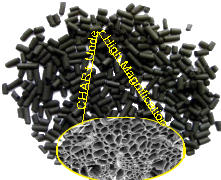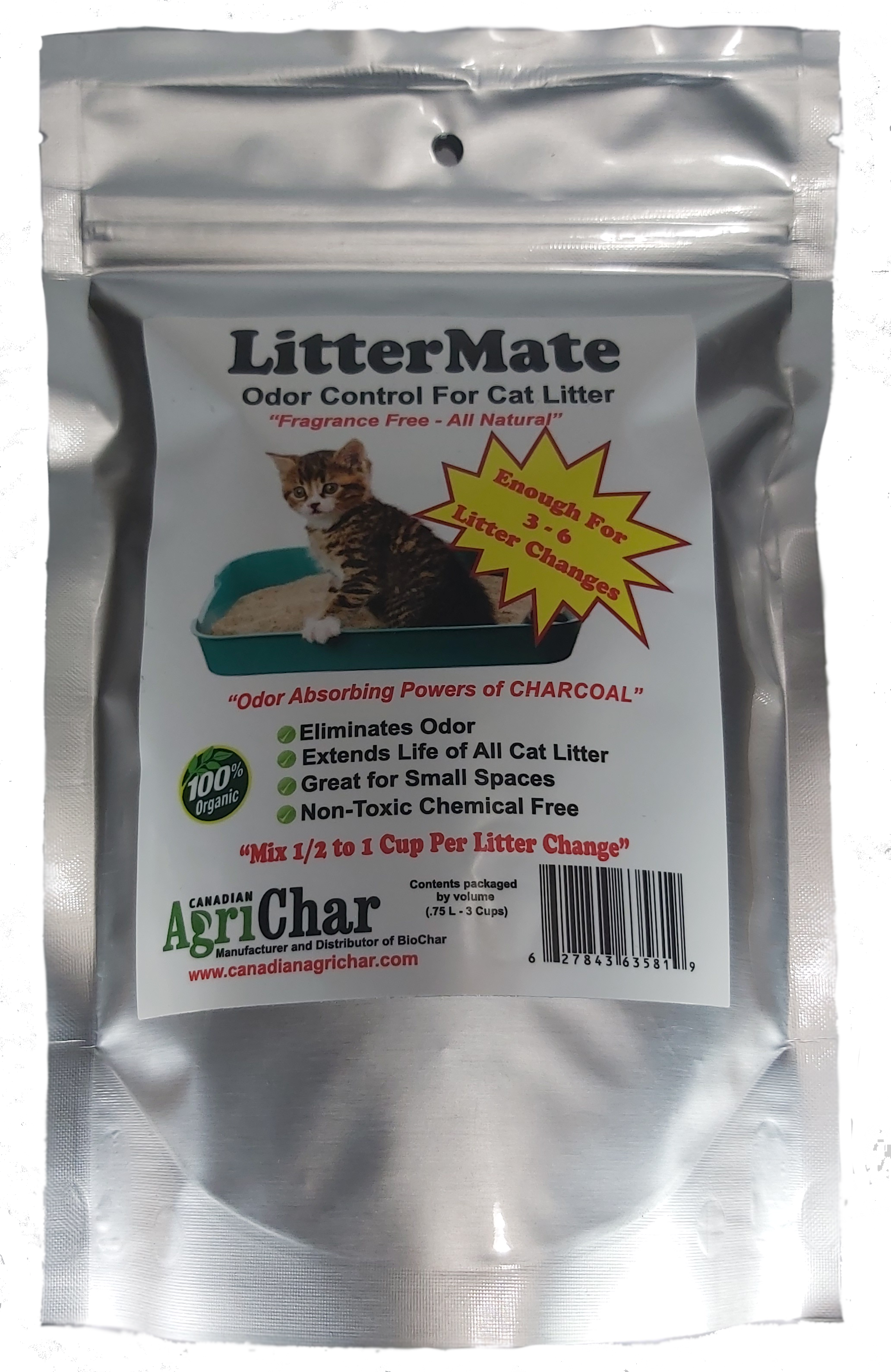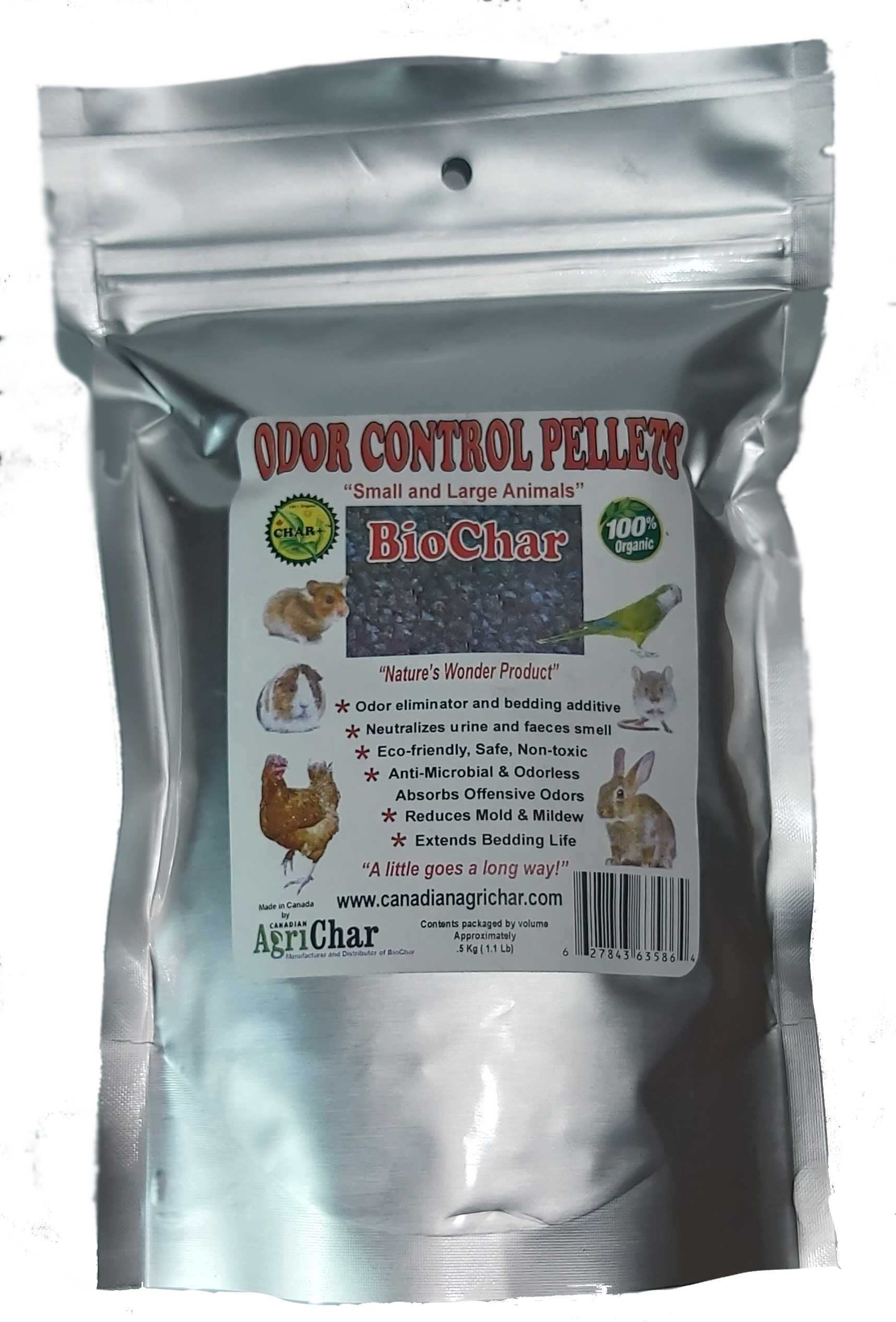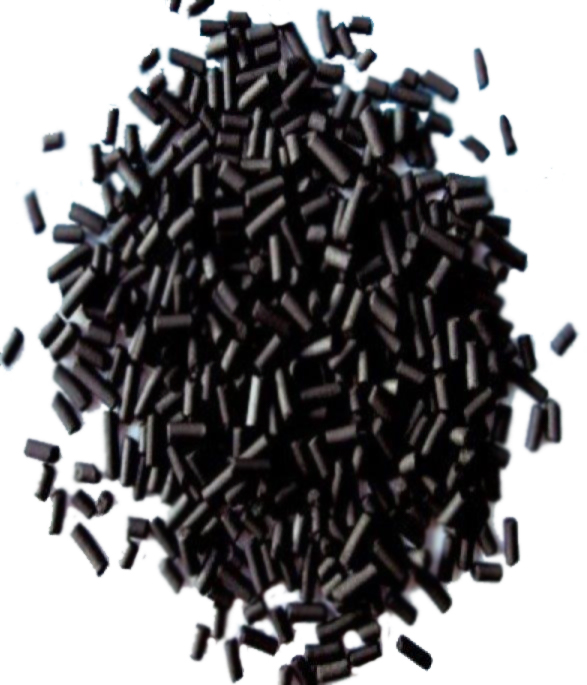Odor Control Pellets For Cat Litter
This scent free product is formulated taking advantage of the “Power of Charcoal” which is used in air and water filters. The unique formula of this cat litter odor control product absorbs the ammonia smell of cat urine and feces extending the life of cat litter by 2 – 3 weeks or more
✔ Eliminates Odor
✔ Extends Life of All Cat Litter
✔ Non-Toxic & Chemical Free
Mix 1/2 to 1 Cup Per Change
Pleasing to cats
Research and product development has shown cats prefer clumping and non-scented litters mixed with LitterMate. Our unique design is cat friendly and minimizes odor which can lead to toileting problems.
Pets and Owners agree that this product is amazing!!
5 Star Reviews, Full Money Back Guarantee!

A little goes a long way
Specially designed “Odor Control” pellets for use with any cat litter. This non-toxic and chemical free product is great for controlling litter box smell in small spaces.
Use only ½ to 1 cup of pellets per litter change. Best application is to put some cat litter into the litter box, add the LitterMate Pellets and then add the remainder of the litter to complete your change. Let your cat do the rest. You are going to love this scoopable odor control product, it’s made from 100% organic materials & it’s fragrance and scent free!
The latest scoop on litter
VETERINARY MEDICINE – ODOR CONTROL
“Activated carbon vs. sodium bicarbonate”
Cats may consider a heavily soiled box aversive, perhaps because of the strong malodor associated with excrement. While daily scooping and discarding of solid waste are strongly advised, additional techniques to control urine and fecal odor are desirable.
Activated carbon has been incorporated into some litters in an attempt to reduce fecal odor. While people can readily appreciate the effectiveness of activated carbon in odor reduction, a study was conducted to see if cats preferred litter with activated carbon to litter without activated carbon.
The results showed that cats preferentially used the litter with the activated carbon, suggesting that it may help in preventing and treating litter box problems.
Another study was performed comparing two litter odor-control additives, activated carbon and sodium bicarbonate. These odor-control additives are used in two top-selling national litter brands. About 32 cats (the number of cats varied because of adoptions) housed in four colony rooms at a shelter were given access in each room to two litter boxes and two base litters that were identical except for the odor-control additives (Figure 1). Excrement was collected from the boxes each morning after four consecutive 12-hour overnight test periods. The amount of excrement was analyzed by using both parametric (analysis of variance [ANOVA]) and nonparametric (Friedman) tests, using a randomized block design. The cats showed significant increased usage of the litter box with the activated carbon additive, suggesting that the cats preferred activated carbon to sodium bicarbonate as an odor-control additive.
OVERALL RECOMMENDATIONS
It is in everyone’s best interest to identify a litter and litter box environment pleasing to cats. Research and product development will continue to advance and identify superior litter products, but it is important for practitioners to provide evidence-based advice to cat owners regarding litter and litter boxes so toileting problems are minimized.




